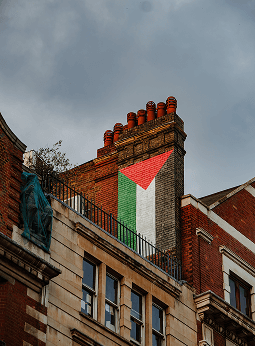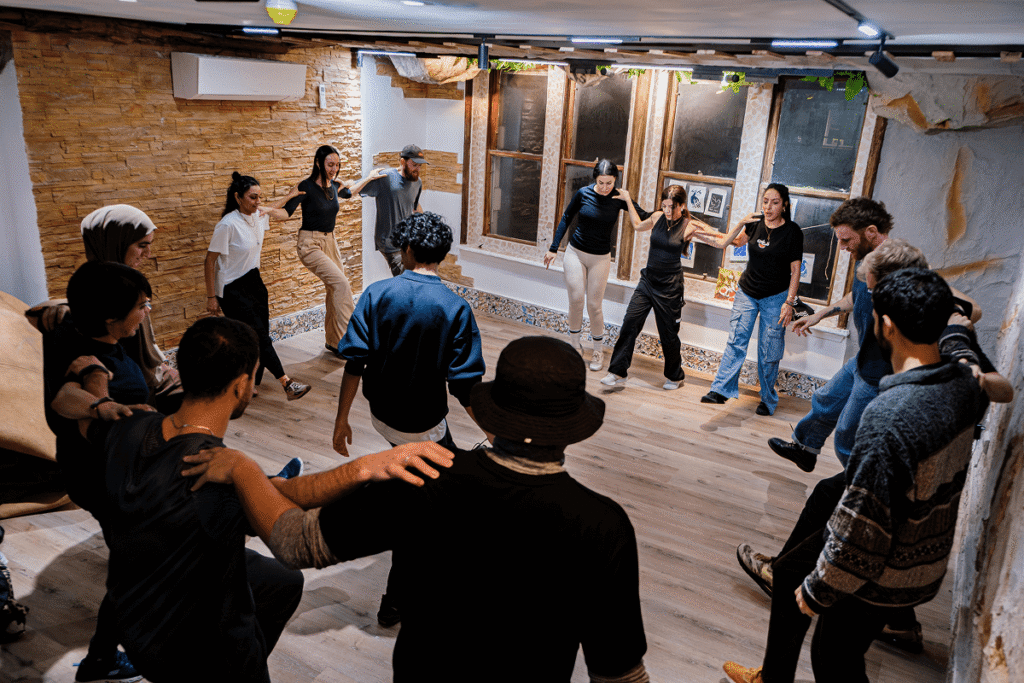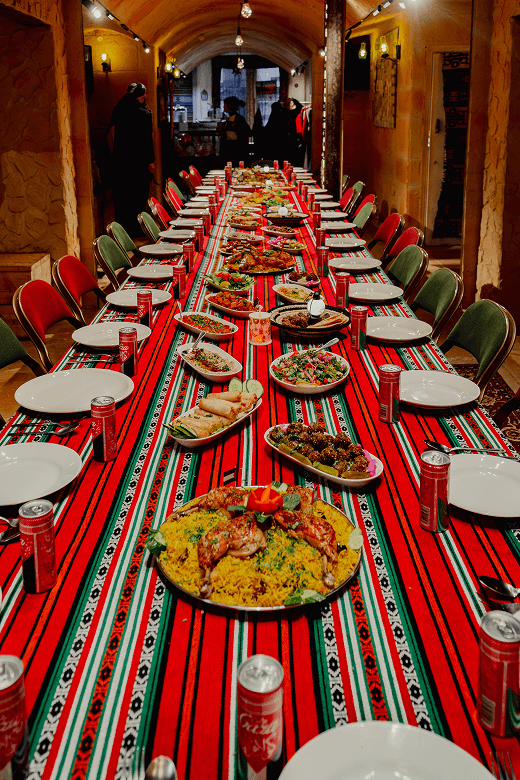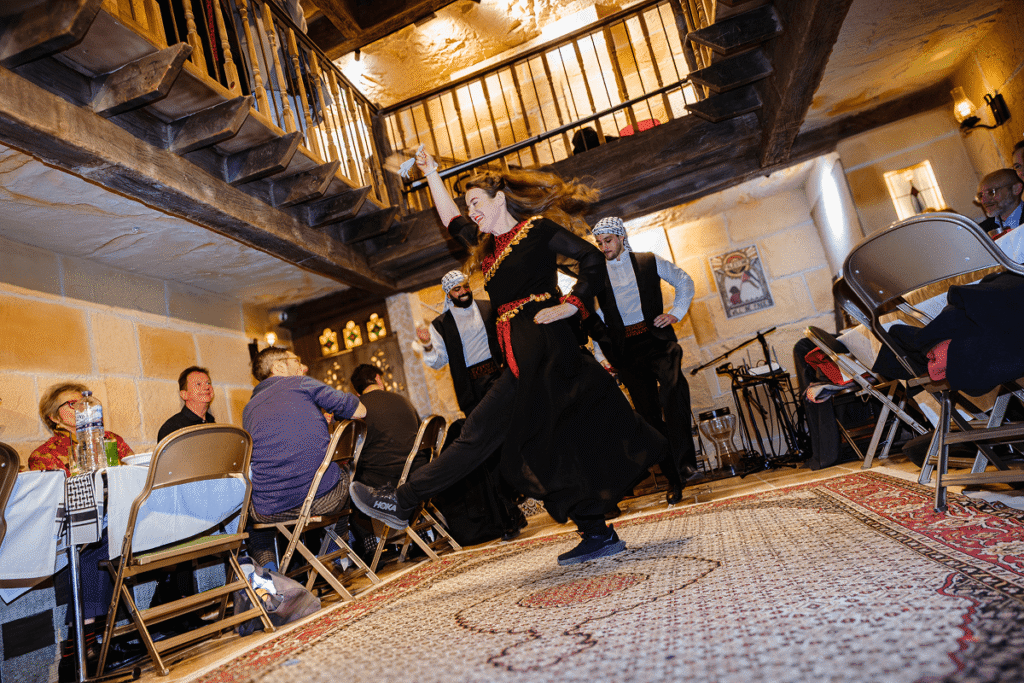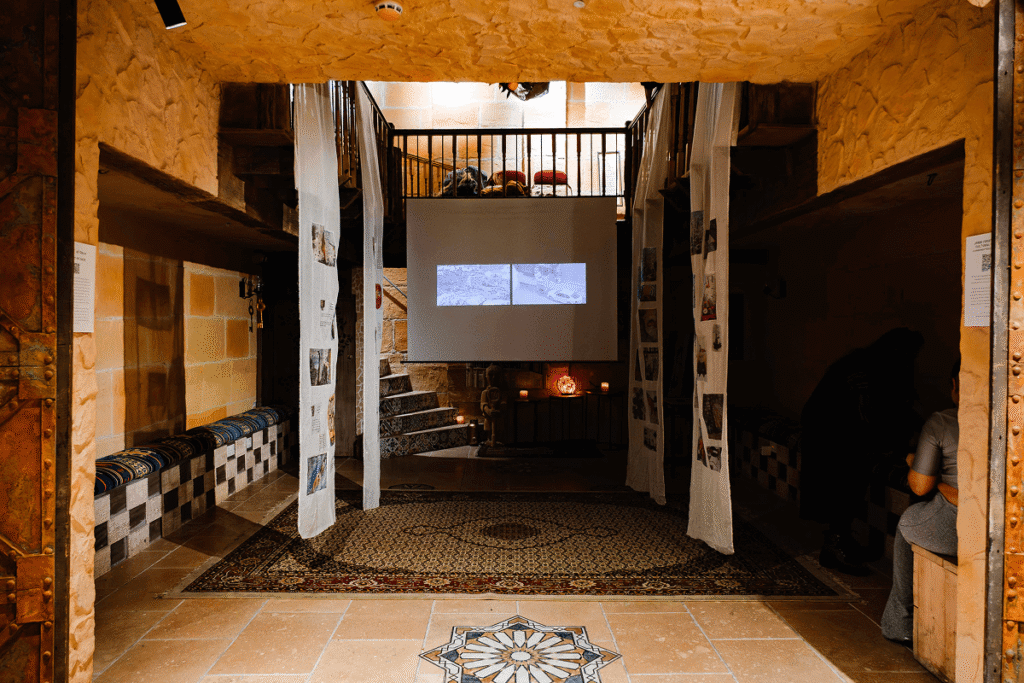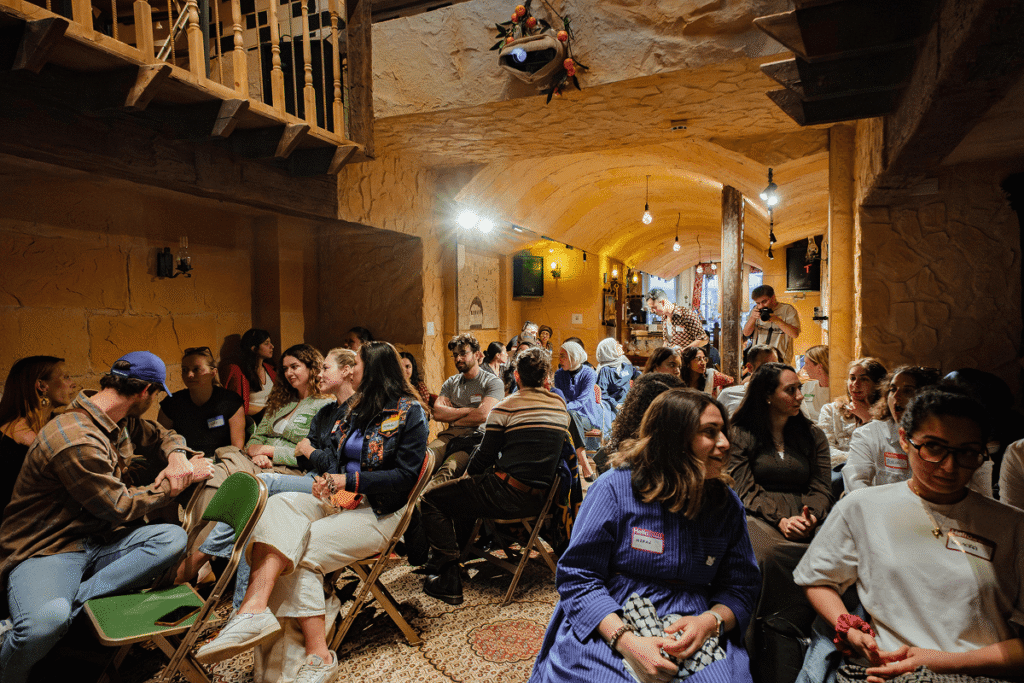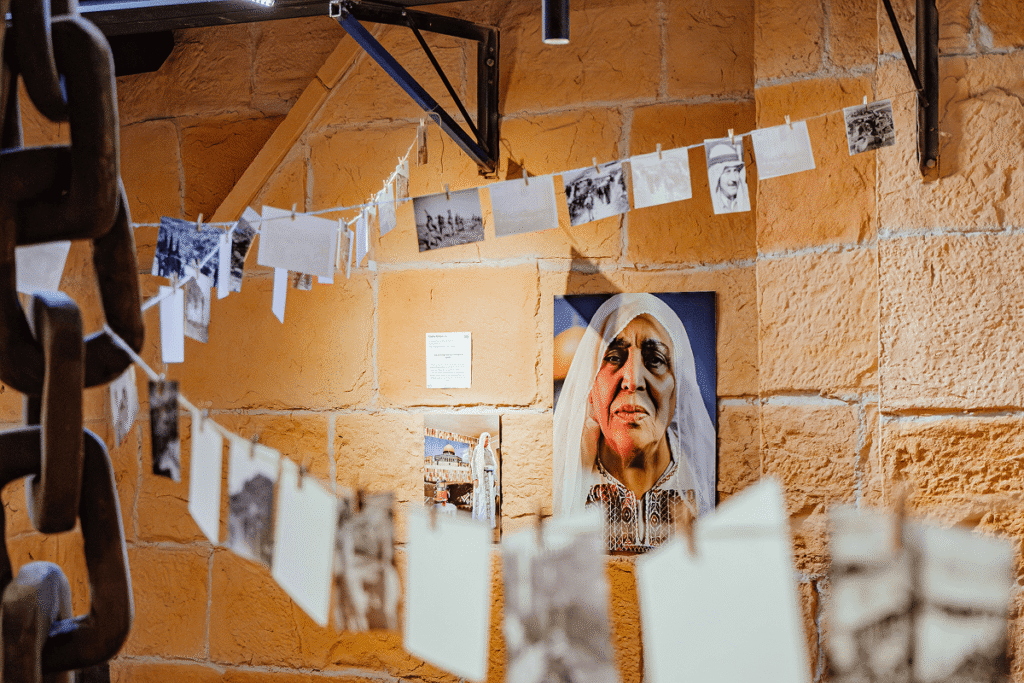History of Palestine
History of Palestine
A house, rich with history.
Born from a legacy of resilience and hope, Palestine House carries forward generations of cultural preservation and community spirit, both in Palestine and across its diaspora.
Rooted in the shared memory of a people who have faced exile yet never lost identity, Palestine House exists to reclaim, celebrate, and share the richness of Palestinian culture with the world.
Become a member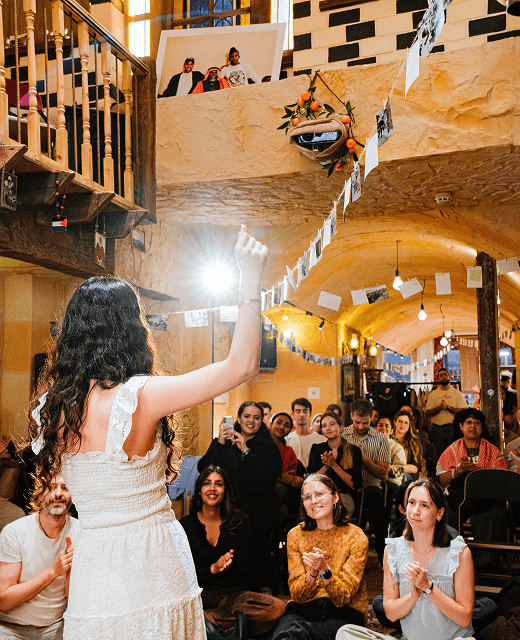
Our numbers
6
Floors
Floors
200
People capacity
Great for networking
7
Event spaces
Ready for meetups to talks
A LITTLE BACKGROUND
Palestine House is a cultural and community center in London, founded by Osama Qashoo, dedicated to showcasing Palestinian culture, art, and heritage. We aim to be a space for Palestinians and others to connect with Palestinian identity, fight against erasure, and foster community and activism.
1ST FLOOR
Jerusalem | Al Quds
At the heart of Palestine House, Jerusalem represents faith, gathering, and spirit. From our cafe, to gift shop to our main events floor and co-working space.
Here, visitors meet over coffee, conversation, and creativity – a welcoming ground floor that mirrors the soul of the Old City, where stories, ideas, and traditions meet under one roof.
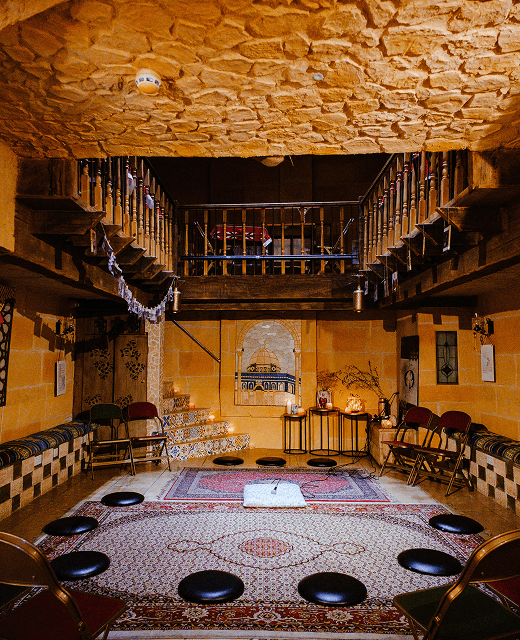
2nd floor
Hebron | Al Khalil
Named after one of the world’s oldest continuously inhabited cities, this floor celebrates craft, conversation, and connection.
It’s a quiet retreat for focused work and reflection – echoing Hebron’s deep heritage of artisanship and enduring community ties.
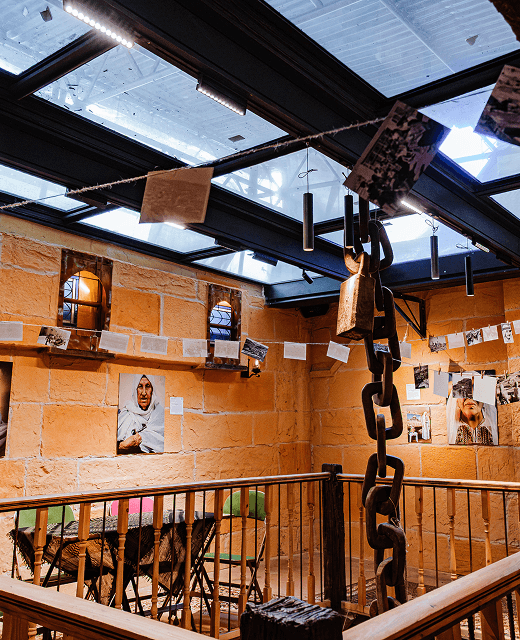
3rd floor
Jenin & Tulkarem
Symbolising growth and resilience, the Jenin and Tulkarem rooms honour towns known for their agricultural richness and creative energy.
These adaptable spaces are designed for collaboration, innovation, and meaningful dialogue.
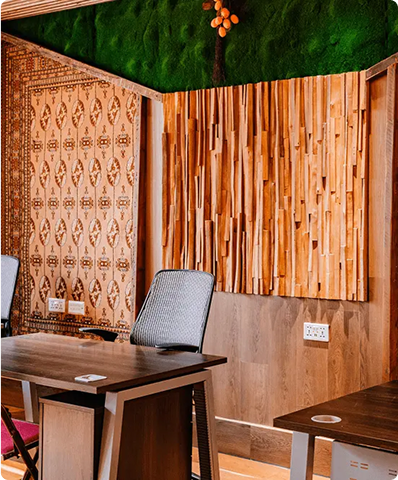
4TH floor
Nablus & Gaza
A floor that balances reflection and resolve. Nablus, a city of knowledge and trade, meets Gaza – a symbol of perseverance and spirit.
This floor is designed for moments of quiet prayer, thoughtful meetings, and purpose-driven discussion.
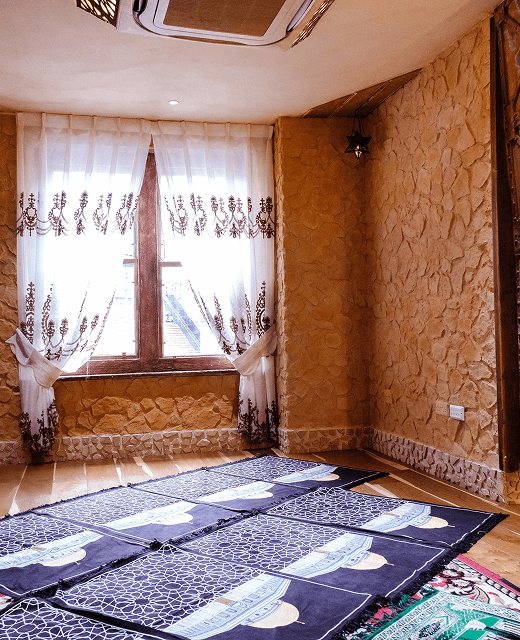
5th floor
Jericho & Bethlehem
Representing origins and hope, Jericho – one of the world’s oldest cities – and Bethlehem – the birthplace of light – inspire creativity and renewal.
These rooms host workshops and collaborations that nurture ideas and community impact.
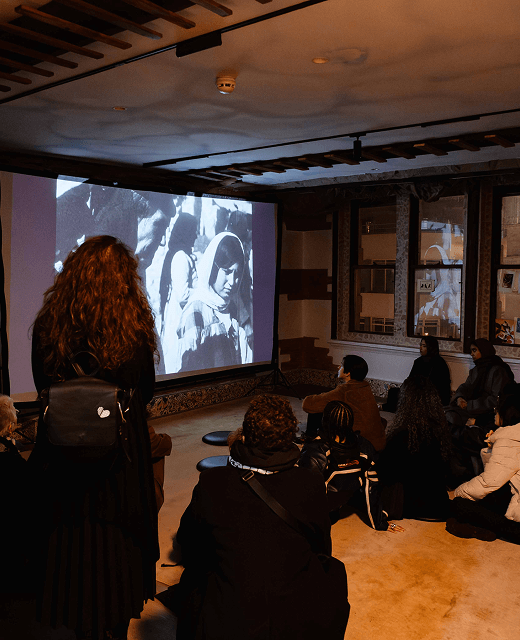
6th floor
Jaffa
Jaffa, a port city known for its heritage of openness and exchange, crowns the building.
This top-floor space embodies connection across cultures and borders – a panoramic reflection of Palestine’s past and its global community today.
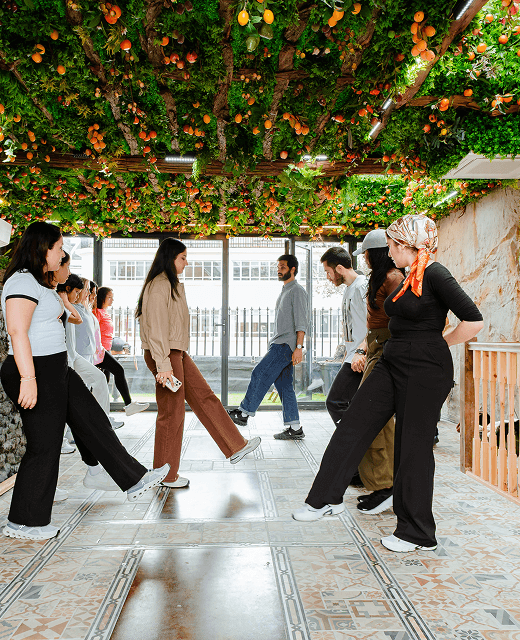
INTERIOR DESIGN
The interior design of Palestine House is thoughtfully crafted to reflect Palestinian heritage and the spirit of solidarity.
A central feature of the space is the iconic key ornament suspended in the atrium, symbolizing the Palestinian right of return. This key represents the homes and communities lost during the 1948 Nakba, serving as a powerful reminder of the enduring connection Palestinians have to their ancestral lands.
The design beautifully merges contemporary aesthetics with cultural symbols, creating a warm, inviting atmosphere that fosters reflection and engagement. Traditional Palestinian patterns, vibrant colors, and meaningful art pieces are woven throughout, while modern, comfortable furnishings ensure the space is both functional and welcoming. Palestine House isn’t just a place to gather—it’s a living testament to resilience, heritage, and the ongoing fight for justice and return.
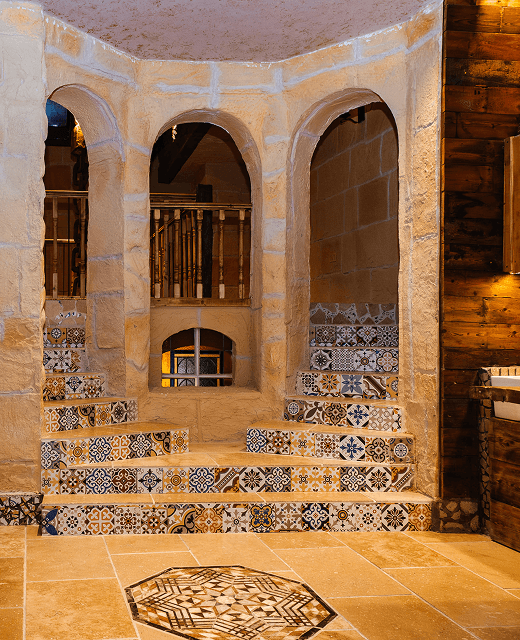
Take a look around
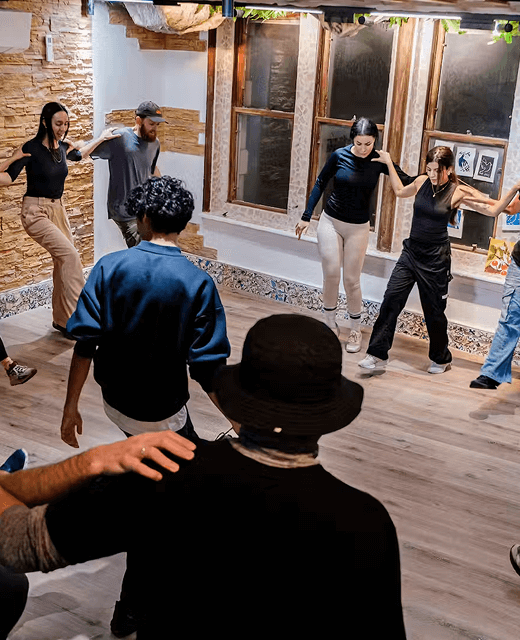
Available to book
A Bright, Flexible Space for Workshops, Events & Creative Work
This open, light-filled room features large windows along one side, offering a calm and versatile environment ideal for group work, presentations, away days, exhibitions, book launches, and educational activities.
Whether you’re planning a strategy day, panel discussion, or community workshop, this space offers both function and flexibility in the heart of Palestine House.
JOIN OUR COMMUNITY
Membership options
Elevate your professional journey and connect with a vibrant community. Discover the perfect membership to unlock exclusive benefits, including access to meeting spaces, complimentary lunches, discounted event pricing, and more.
- Access to central London co-working space
- Meet like minded professionals and individuals
- Free entry to selected events
- Access to cafe and restaurant space to unwind
- Greeted with tea on every visit!

